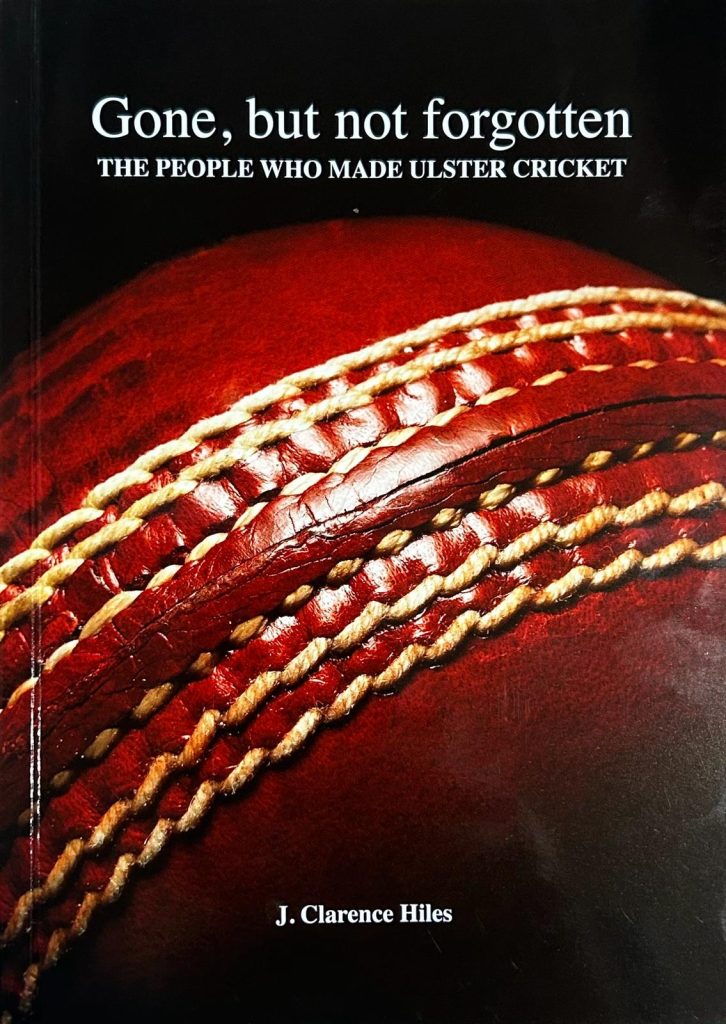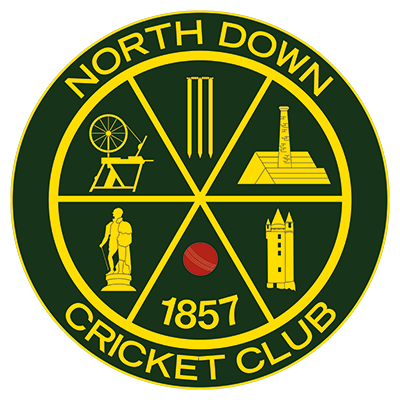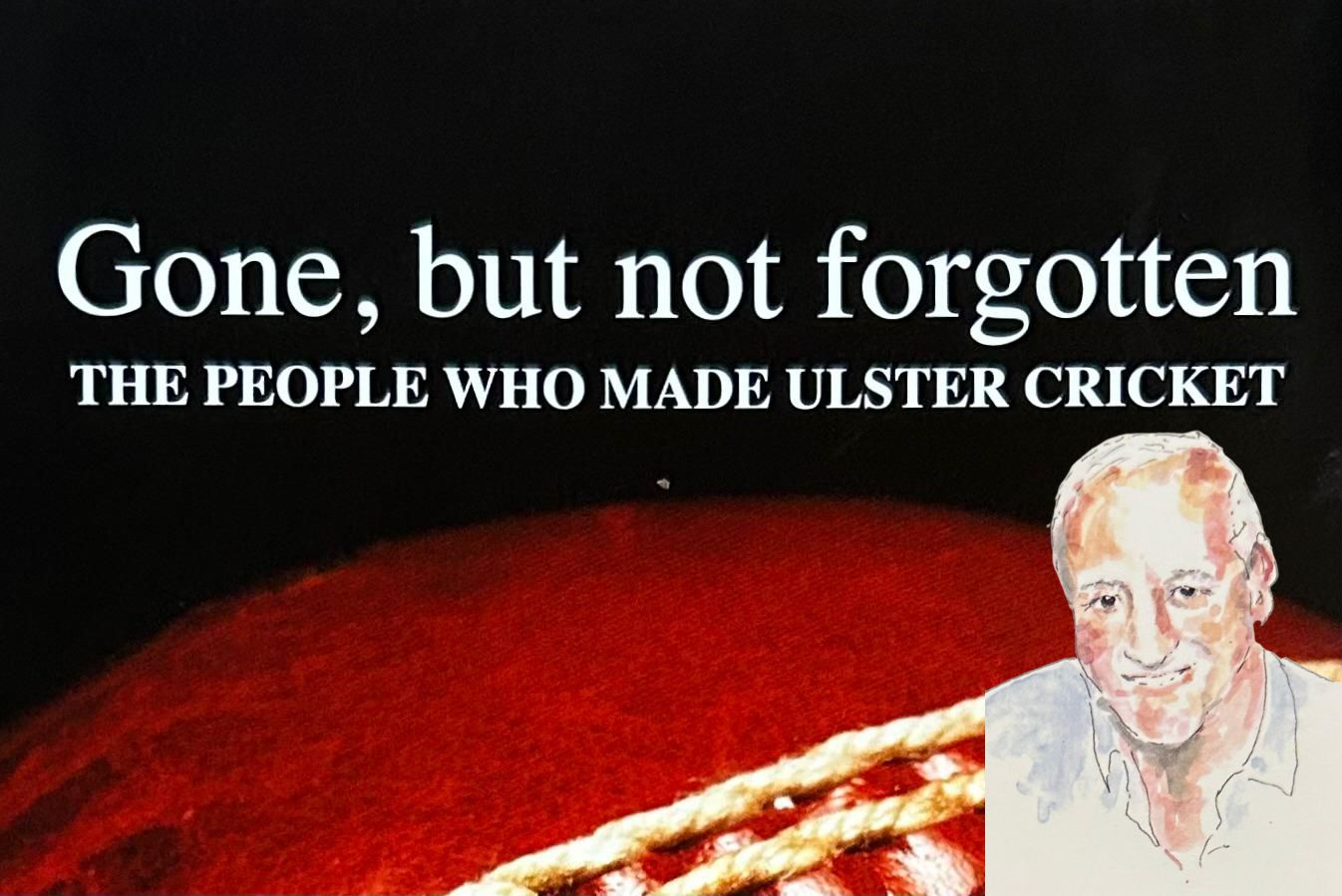
The following article, originally published in his book ‘Gone, but not forgotten’, is reproduced with by permission of the author, Clarence Hiles.
North Down bowler Sam Turner belonged to another era, and although he played over 140 years ago, his legacy remains in folklore.
It was the era of underarm bowling and although roundarm bowling had started around 1845, Sam developed the art of underarm lob bowling, better known as grub bowling. Cricket was totally underarm prior to 1845 and similar to bowls, as the bowler rolled it to batsmen. In time, the Laws allowed bowlers to pitch and the game took off leaps and bounds as batsmen could actually hit across the square, which produced more entertainment for the spectators. Inevitably roundarm, and overarm bowling replaced underarm by 1900.
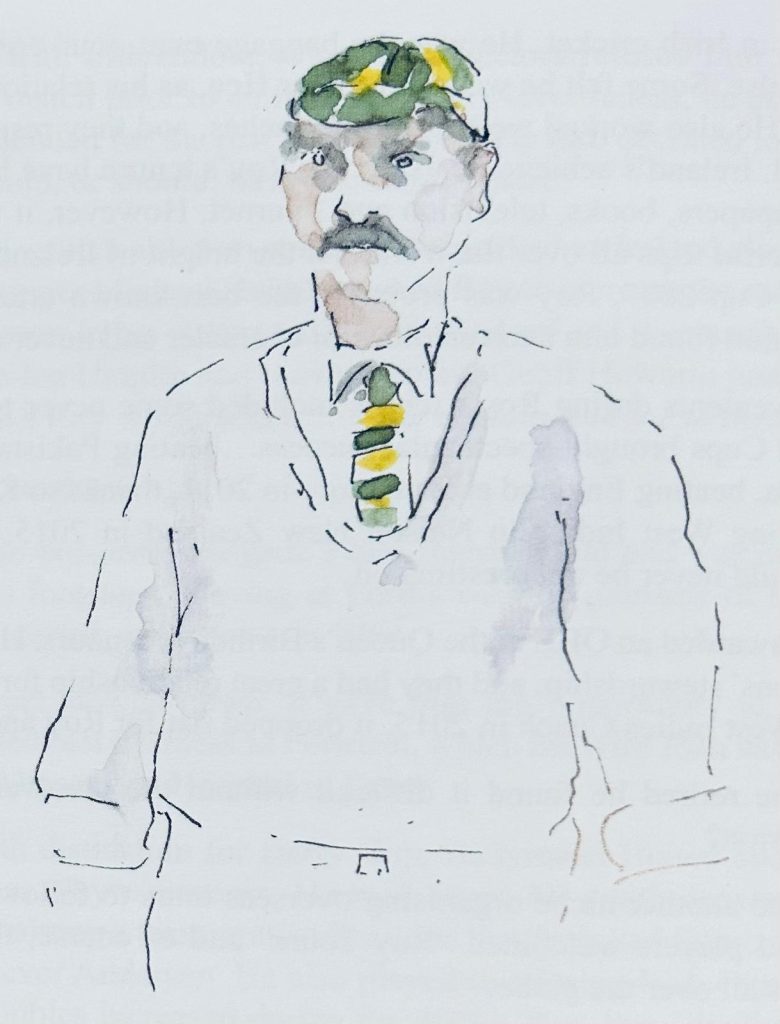
In 1981 Australia beat New Zealand in a cantankerous and controversial exchange that brought another change in the MCC Laws. It happened in the third match of a 5-Match ODI Series with the teams tied at one win each. In the final over New Zealand needed 14 to win and after five balls they needed six to tie. Controversially Aussie Captain Greg Chappell instructed his brother Trevor to bowl underarm and deprive the batsman Brian McKechnie the opportunity to hit a six. As the ball rolled gently to the stumps McKechnie padded it back in disgust. The World of cricket was furious, as the spirit of the game had been tarnished. Australian and New Zealand Prime Ministers, TV Commentator Richie Benaud, and former Captain Ian Chappell all condemned the Captain’s action.
Unfortunately, the Rules of this competition neglected to exclude underarm bowling in that Series. As a result, the ICC in limited-overs cricket banned underarm bowling. Ironically no ban applies for Test cricket as long as both teams agree. However, it seems unlikely after that debacle.
Sam Turner didn’t enter controversy because his action was perfectly legal before the roundarm and overarm era. Roundarm became established after 1850, although up until 1900 most local senior teams included lob bowlers, often called sneaks. North Down was well placed to meet the demands of senior cricket when the NCU Challenge Cup started in 1887 and later in 1896 when a Senior League Competition began.
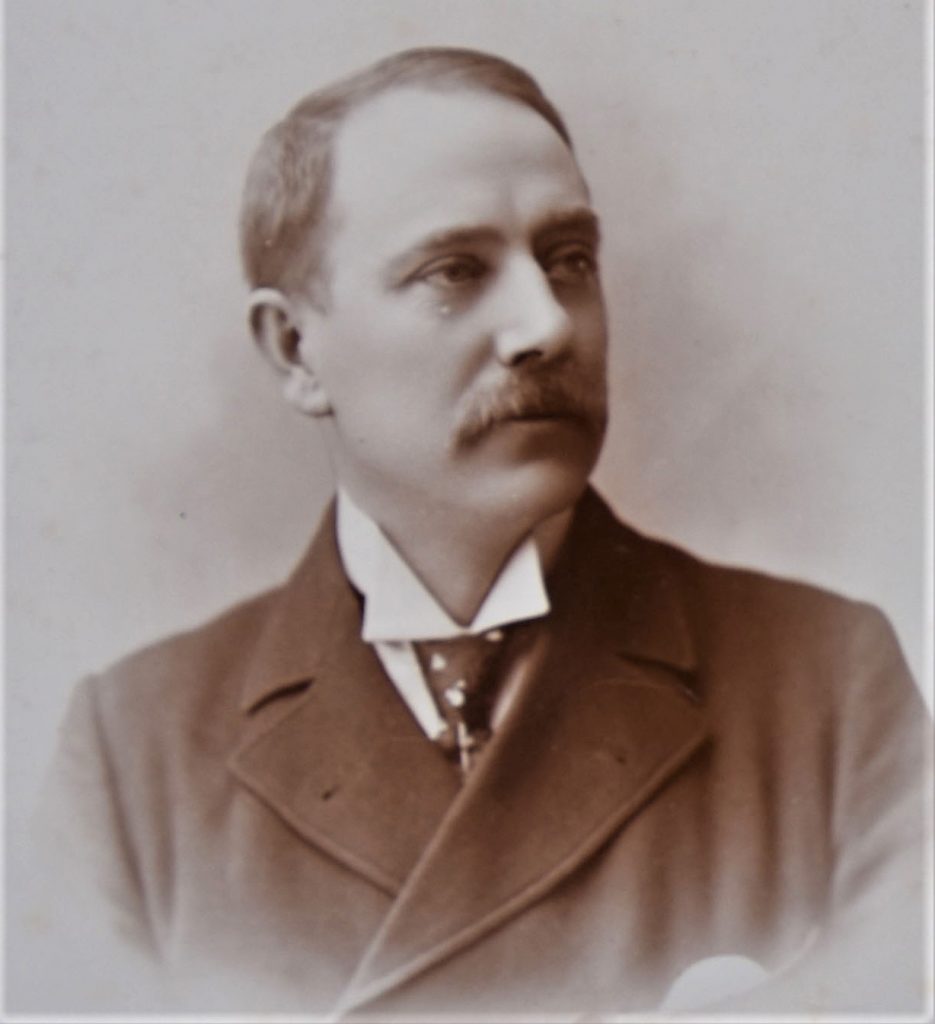
Sam was born at Comber in 1860 and regularly played cricket in Comber Square. He later played with his younger brother Willie at Clumpy Knowes, the Comber Spinning Mill pitch close to the Ballygowan Road. He was enthusiastic from the outset, and often taken as scorer for the Firsts. But when the team was short at the eleventh hour, the youngster made his debut alongside his brother. As a result he retained his place for over two decades to form the most destructive attack in the North.
Willie was a prolific trundler and reputed to be the best of the North and possibly all of Ireland according to JC ‘Jimmy’ Picken, the NCU Secretary, who wrote for the Ireland Saturday Night, known as the Pink. The combination of Willie and Sam was joined by Tommy Graham to form the most devastating attack in Ulster. Many scribes at the time felt the main reason that North Down was so successful was they fielded two lob bowlers. It was awesome, and when they competed with the best attacks of the NCU, including Ireland Tom Hanna from Ulster CC, Willie Vint North of Ireland CC and Frank Williams Cliftonville CC.
Sam’s record of NCU Senior Cup medals was impressive, although he modestly always attributed it to his team. He won seven medals from 1887 to 1894, but quite often the main reasons were the Turner brothers and Tommy Graham. Sam’s best performance was in the inaugural Senior Cup Final against North of Ireland at their home ground Ormeau. His figures were 5 for 25 and 3 for 37 and 19 with the bat.
Jimmy Picken, alias Arbiter was quoted in the ISN… “While he never reached the high standard attained by his brother Willie, still with his grubs he got many wickets and was invariably very successful in breaking up partnerships. He was known as a forlorn hope batsman, i.e. one possessing the necessary temperament who could be relied upon to come off at some critical stage of the game, and as he would either hit or stonewall. He was admirably suited for such emergencies. As a stealer of runs, he was eminently successful and in the company of his brother Willie and Tommy Graham, he led the fielders many a merry dance.”
Sam was a terrific catcher at silly point but often warned by his Captain John Andrews Jun. as he feared he would be killed! However, his bowling was his finest asset. Bowling underarm he fluctuated with pace and his twist with the wrist found batsmen impossible to handle the vicious spin. He was very accurate and he mastered the art of lob bowling early in his life playing in the village before he joined The Green.
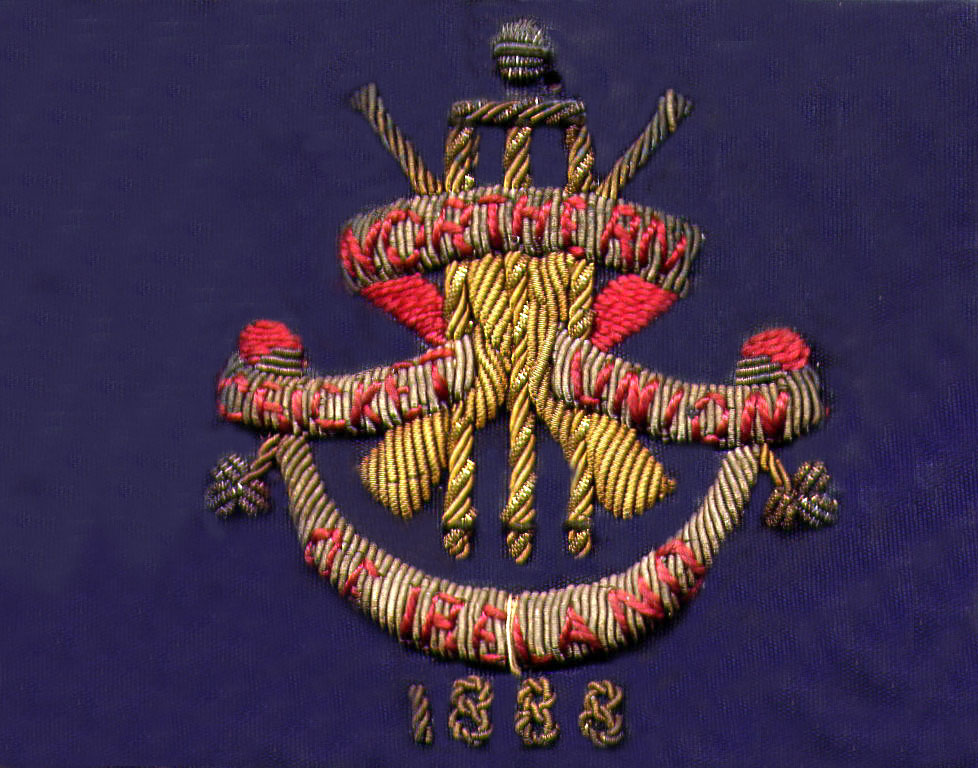
North Down former 1st XI Captain and Historian Ian Shields added… “Grub bowling in the early days was the only legitimate means of delivery, but by the time our club was founded in 1857 competitive cricket had begun in the North it was joined by roundarm and overarm. We know that Sam Turner was a grubber specialist and as a consequence, a cricketer with few runs scored against him. It was difficult to hit boundaries off a grub ball as Greg Chappell proved in a notorious incident against New Zealand in 1981. Sam and brother Willie were automatic selections on a North Down side that formed the club’s first Golden Era and Sam collected seven consecutive Cup Winners’ badges. Still, Willie took the most wickets by far with round-arm deliveries.”
He was a great clubman too, and when North Down produced Concerts in the early 1890s he was totally involved. Sam was a popular raconteur with his witty and musical cameos. His brother Willie had a beautiful tenor voice and they often performed a duet Two Mariners Bold and Gendarmes Duet for fund-raising and local Churches. Willie was much in demand and performed in a variety of concerts including the Ulster Hall.
Sam was a Civil Servant and a meticulous man. After he retired he was chairman of the Executive Committee of the NI Civil Servants Pensioners Association and once found an error in the British Government’s Pensions (Increase) Bill and was complimented by Mr Henry Brooke, Financial Secretary to the Treasury in the House of Commons.
Sam was also a Lieut. of the Royal Irish Fusiliers and once made a stirring speech at a concert in the Royal Hippodrome in Belfast to promote enlisting volunteers for the services. He enjoyed golf and was President of the Grain and Flour Trade Golf Society in 1904.
Sam and his wife Jane had five children, including his son Rev. Herbert Turner, minister of Trinity College Mission in Belfast. Two of his daughters played cricket for Cliftonville Ladies. Sam occasionally watched Cliftonville as the club was nearby, but his heart lay in Comber and visits were very special to renew old acquaintances and meet new friends.
Unfortunately, Sam had a sad end in the twilight of his life. He was hit by a motorist leaving a bus on the Antrim Road and was taken to the Royal Victoria Hospital. He recovered from the ankle injury and returned to his home, but was traumatized by the experience and suffered a heat attack and died on 23 March 1930. He was 70.
His funeral two days later was at Carnmoney Parish Church and he was laid to rest in the old Glebe Churchyard.
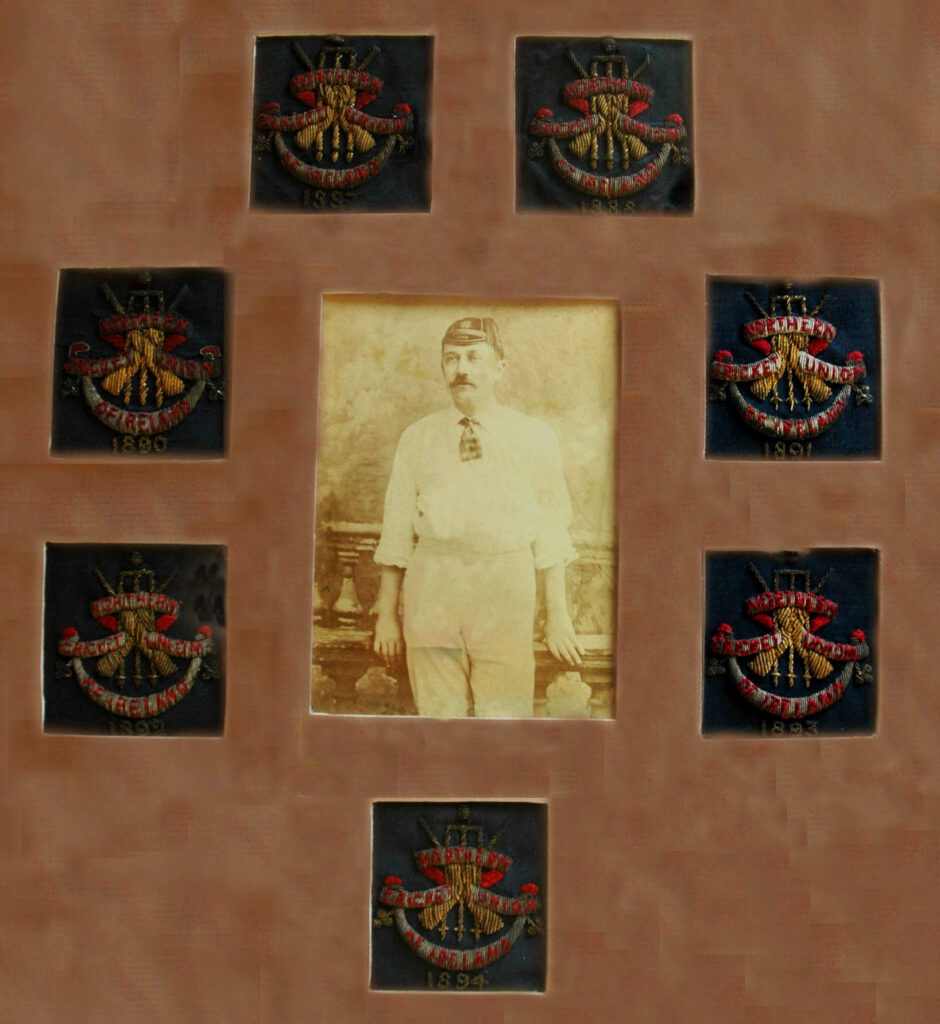
In 1935 his son Samuel (Jun) presented the seven badges to the club that his father won in the NCU Senior Cup and the photograph and badges sit proudly in the clubhouse at The Green.
Gone, but not forgotten Sam Turner.
